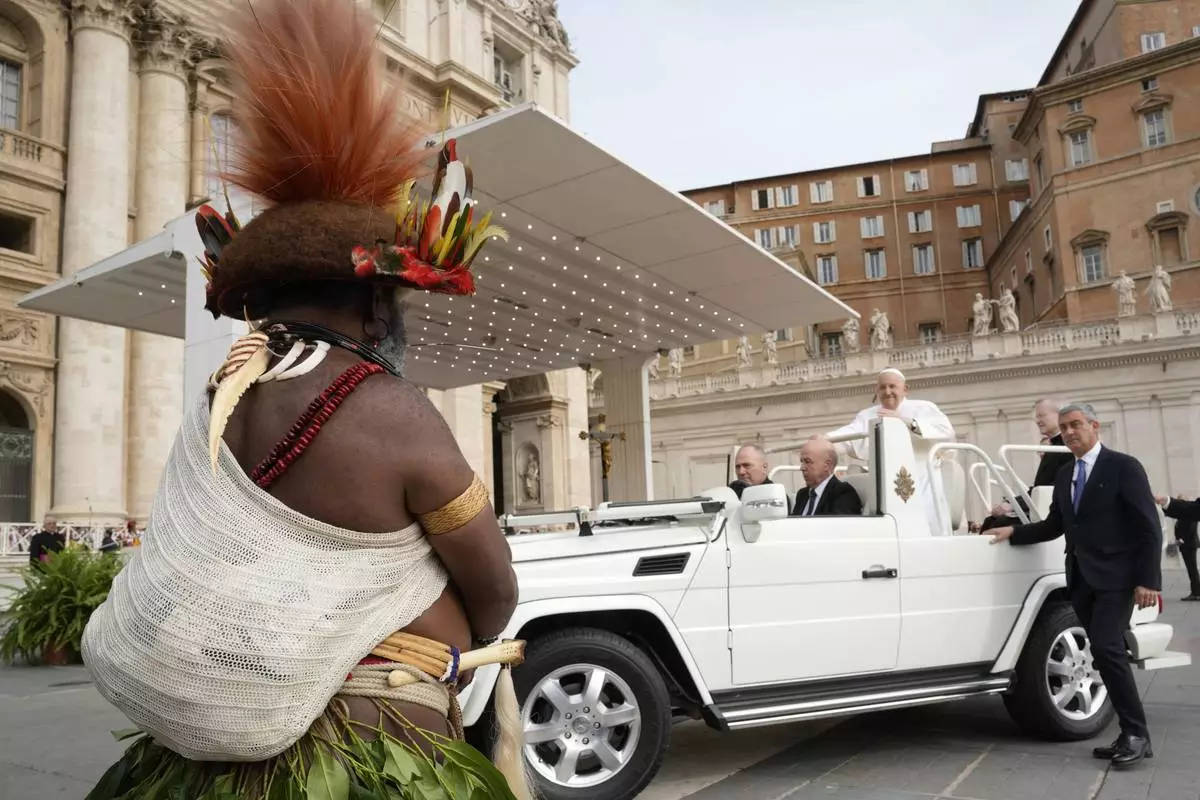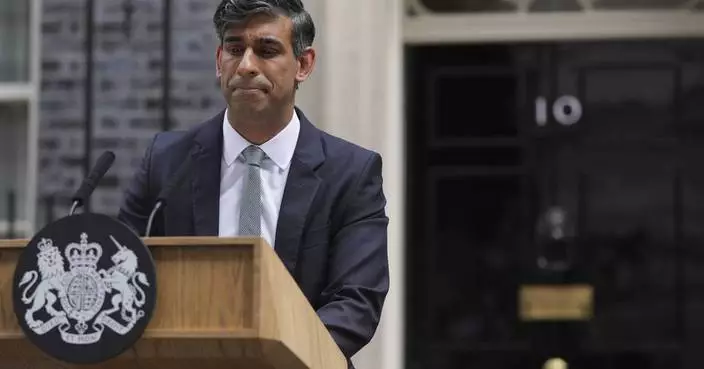WASHINGTON (AP) — Donald Trump and the conservative interests that helped him reshape the Supreme Court got most of what they wanted this term, from substantial help for Trump’s political and legal prospects to sharp blows against the administrative state they revile.
The decisions reflected a deep and sometimes bitter divide on a court in which conservatives, including three justices appointed by Trump, have a two-to-one advantage over liberals, and seem likely to reinforce the views of most Americans that ideology, rather than a neutral application of the law, drives the outcome of the court’s biggest cases.
Chief Justice John Roberts, often viewed with suspicion by Trump and his allies over his concerns about judicial independence and worries about the court’s reputation, delivered the most consequential decisions. Those include the court’s grant of broad immunity from criminal prosecution to former presidents and its reversal of a 40-year-old case that had been used thousands of times to uphold federal regulations.
“He’s got competing inclinations. One is to be the statesman and institutionalist,” University of California at Los Angeles law professor Richard Hasen said. The other, Hasen said, is to dig in “when it is something that is important enough to him.”
The end of the court’s term marked a remarkable reversal of fortunes for Trump as he seeks a second term as president.
Six months ago, he was readying for a criminal trial in early March in Washington on charges of election interference following his loss to President Joe Biden in 2020 and he was in danger of being kicked off the presidential ballot in several states.
In the court’s final decision issued Monday, the justices handed him an indefinite trial delay and narrowed the election interference case against him. Last week, they separately limited the use of an obstruction charge he faces that should give him even more legal arguments, months after the court restored Trump to the presidential ballot.
Each of the three cases stemmed from Trump’s actions in the aftermath of the 2020 election, culminating in the attack on the Capitol by his supporters on Jan. 6, 2021. But Roberts’ opinions offered only dry accounts of the events of Jan. 6, insisting the court “can not afford to fixate ... on present exigencies.”
The court also overturned the Chevron decision, stripped the SEC of a major fraud-fighting tool and opened the door to repeated, broad challenges to regulations that, in combination with the end of Chevron, could lead to what Justice Ketanji Brown Jackson described as a “tsunami of lawsuits.”
The decisions also provoked spirited, sometimes barbed, discussions of judicial modesty. “A rule of judicial humility gives way to a rule of judicial hubris,” Justice Elena Kagan wrote in her dissent from overturning Chevron.
Justice Ketanji Brown Jackson chided Roberts for the “feigned judicial humility” of his opinion on immunity. Roberts mocked the dissenters’ “tone of chilling doom.”
In each of the Trump cases, the majority included Justices Neil Gorsuch and Brett Kavanaugh, two of Trump’s three appointees, and two others, Alito and Justice Clarence Thomas, who also rebuffed calls to sit out the Trump cases. Those same justices, plus Roberts and Justice Amy Coney Barrett, formed the majority in the cases about federal regulations. The conservatives also voted together on a major homelessness case that found outdoor sleeping bans aimed at homeless encampments don’t violate the constitutional prohibition on cruel and unusual punishment - even when shelter space is lacking.
Roberts, though, has repeatedly defended the court from criticism that its justices were little more than politicians in robes.
But the court’s public standing has taken a hit in recent years, particularly since Roe was overturned. Seven out of 10 Americans said the justices are more likely to be guided by their own ideology rather than serving as neutral arbiters of government authority, according to a poll from The Associated Press-NORC Center for Public Affairs Research that was conducted before the final round of decisions was issued.
Abortion was one issue in which the court sidestepped the liberal-conservative divide by avoiding major rulings in a presidential election year when abortion is an animating issue, mainly because of the justices' 2022 decision that led to abortion bans or severe restrictions in most Republican-controlled states.
A one-sentence order in a case from Idaho cleared the way for emergency abortions to resume, despite the state’s strict abortion ban. But it didn’t end the court case or answer key questions about whether doctors can provide emergency abortions elsewhere, even in states where abortion bans would prohibit them.
In a second abortion case, the justices unanimously dismissed a lawsuit from anti-abortion doctors who sought to roll back decisions made by the Food and Drug Administration to ease access to mifepristone, a pill used in nearly two-thirds of abortions in the United States last year. The decision explicitly avoided any ruling on the FDA’s actions, focusing entirely on the doctors’ lack of legal standing to sue.
The mifepristone case was one of several from the conservative 5th U.S. Circuit Court of Appeals in New Orleans that made the court seem the picture of moderation. The justices also reversed 5th Circuit rulings that would have struck down a federal gun control law intended to protect victims of domestic violence, overturned the funding structure for the Consumer Financial Protection Bureau and barred Biden administration officials from trying to persuade social media platforms to remove misinformation.
In a separate case involving guns, the court overturned a Trump-era Justice Department regulation that banned bump stocks, rapid-fire gun accessories used in the deadliest mass shooting in modern U.S. history. The court was divided along ideological lines, with conservatives in the majority.
A term’s final days often produce a torrent of heated exchanges in the most contentious cases, and this year saw more than its share of big rulings that waited until the very end.
In May, Justice Sonia Sotomayor telegraphed what the recent days might look like for her and the other liberal justices. “There are days that I’ve come to my office after an announcement of a case and closed my door and cried,” Sotomayor said after receiving an award from Harvard’s Radcliffe Institute for Advanced Study. “And there are likely to be more.”
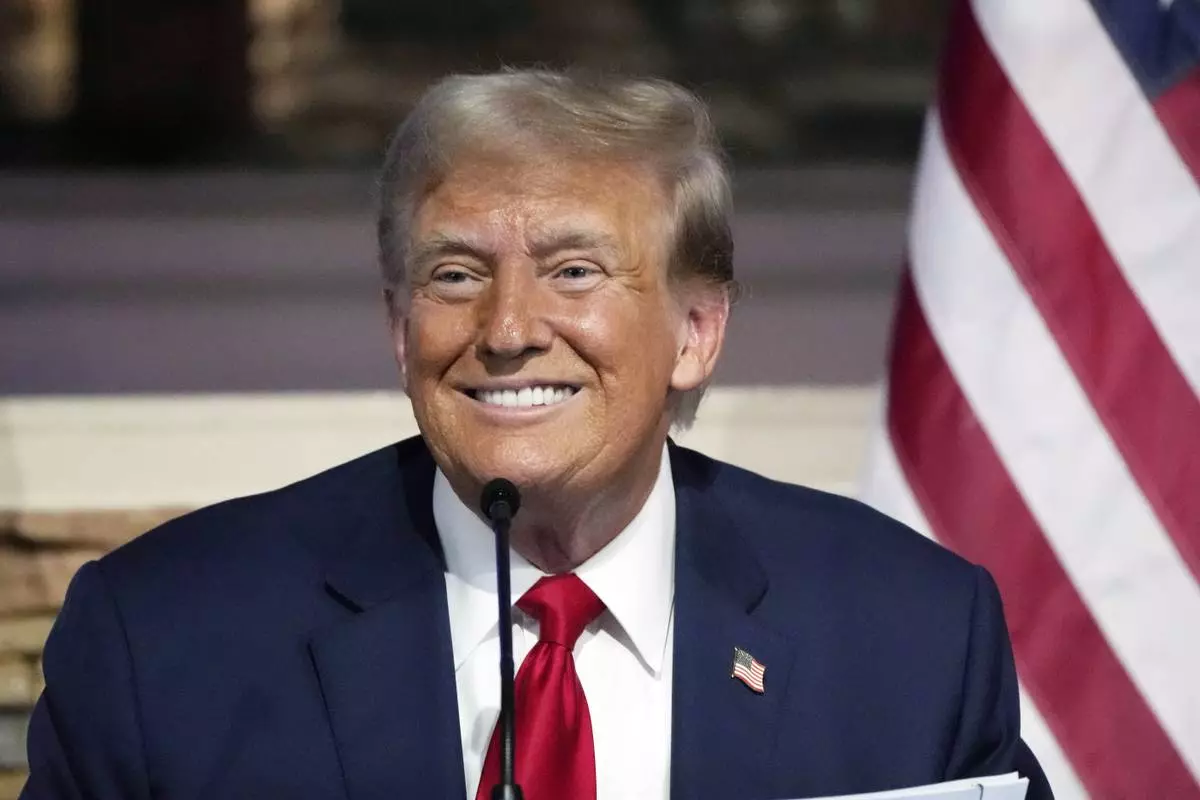
FILE - Republican presidential candidate former President Donald Trump speaks at a campaign event at 180 Church, June 15, 2024, in Detroit. Former President Donald Trump's sentencing in his hush money case has been postponed until Sept. 18. (AP Photo/Carlos Osorio, File)
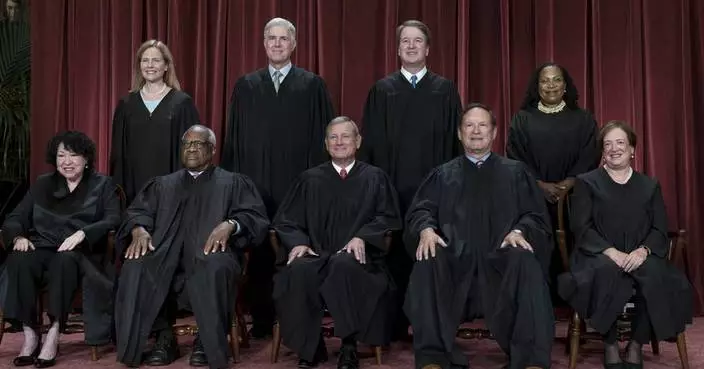
Major wins for Trump and stark pullback on regulations mark momentous Supreme Court term
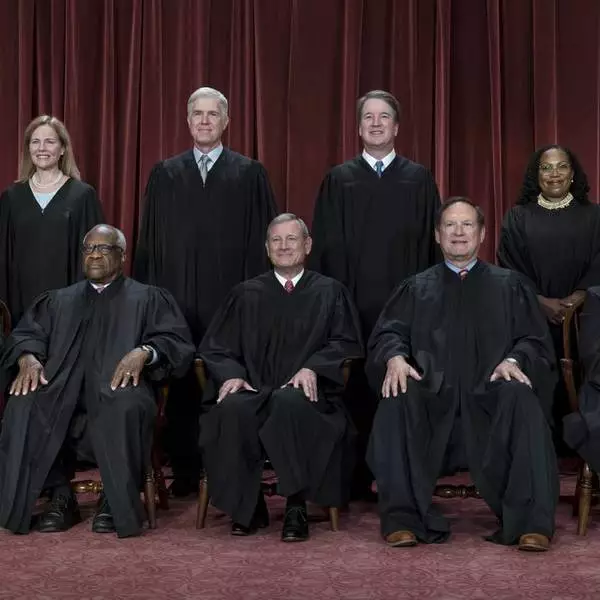
Major wins for Trump and stark pullback on regulations mark momentous Supreme Court term
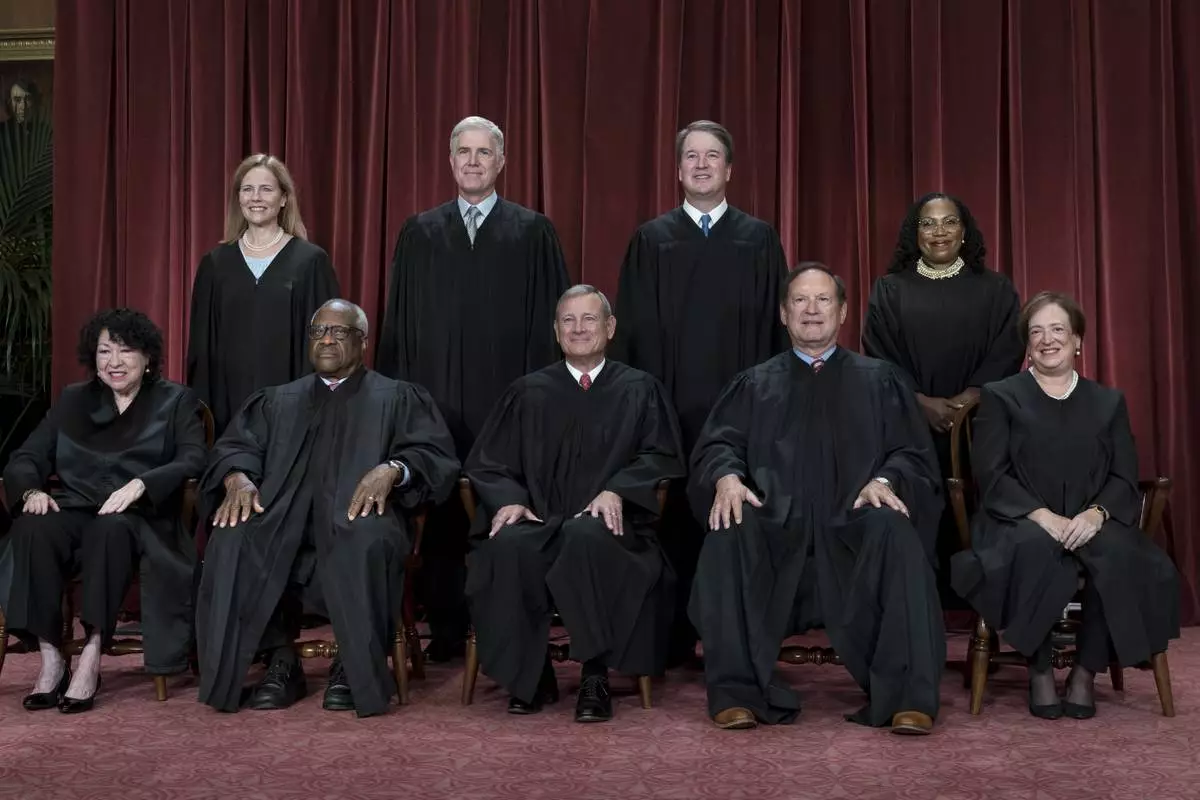
FILE - Members of the Supreme Court sit for a group portrait at the Supreme Court building in Washington, Oct. 7, 2022. Bottom row, from left, Justice Sonia Sotomayor, Justice Clarence Thomas, Chief Justice of the United States John Roberts, Justice Samuel Alito, and Justice Elena Kagan. Top row, from left, Justice Amy Coney Barrett, Justice Neil Gorsuch, Justice Brett Kavanaugh, and Justice Ketanji Brown Jackson. As the U.S. Supreme Court is expected to rule on a major case involving former President Donald Trump, 7 in 10 Americans think its justices are more likely to shape the law to fit their own ideology, rather than serving as neutral arbiters of government authority, according to a new poll. (AP Photo/J. Scott Applewhite)



